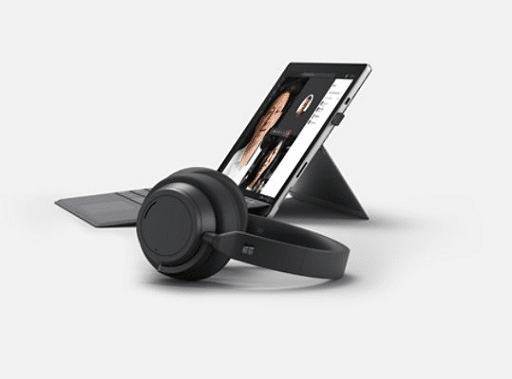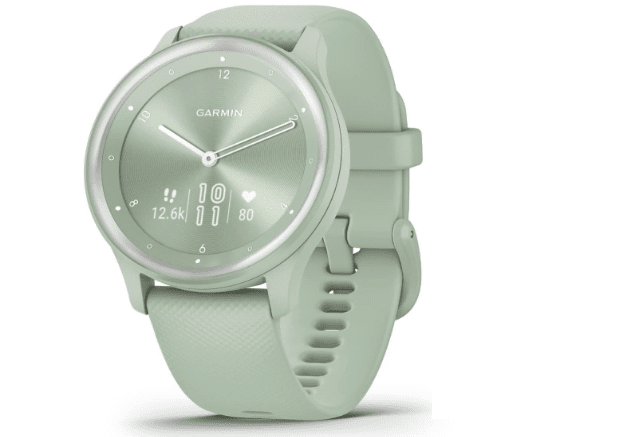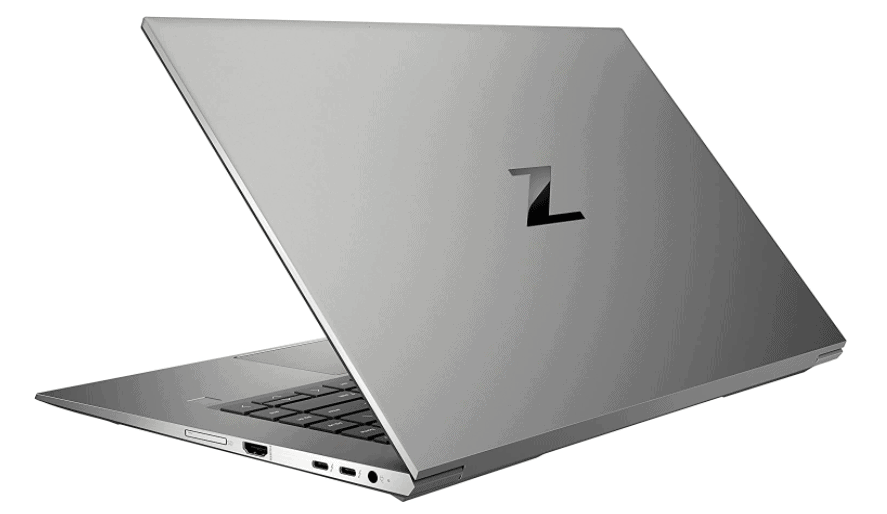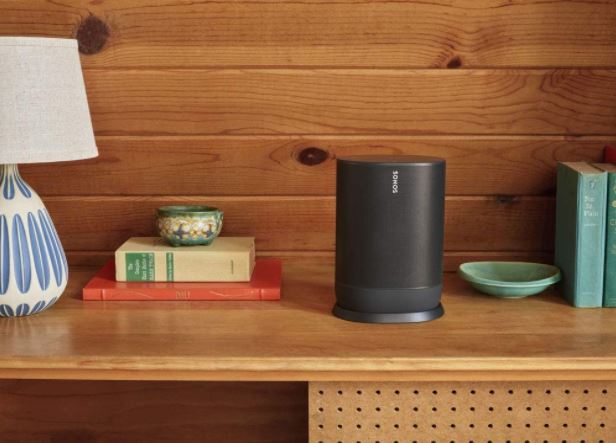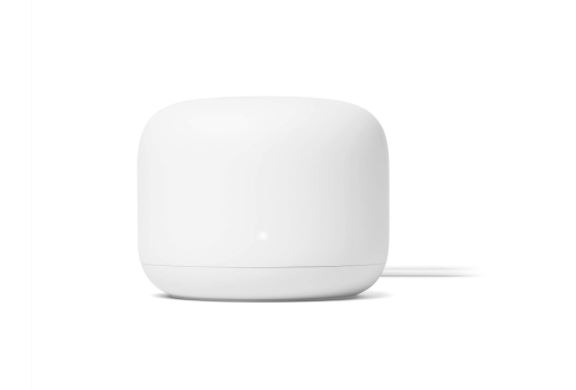You don’t want to mess with a good thing too much. The Lenovo Legion 5 gaming laptop impressed us greatly. Its larger chassis allowed for improved airflow and performance – all at a reasonable price.
Lenovo has redesigned the laptop for 2022, and the new Legion 5i Pro incorporates all of the necessary modifications while sacrificing nothing substantial from the previous model.
I tested the $2,000 configuration, which includes an Intel 12th-generation Core i7-12700H processor, and a 16:10 16-inch IPS panel with a variable refresh rate (VRR) technology that can ramp up from 165Hz to 240Hz, and an Nvidia GeForce RTX 3070 Ti. It’s a quick gaming laptop that knows how to make the most of its components.
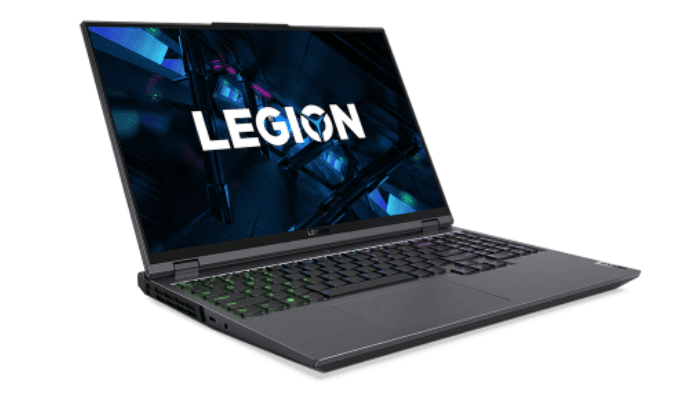
Lenovo Legion 5i Pro Design
Except for the huge Legion logo on the lid, the Legion 5i Pro looks identical to the previous edition. The lid’s design has changed slightly, but for the better. This time around, the new branding is much more subtle.
The chassis is a dark grey on top and black on the bottom, with nothing but some conspicuous vents identifying it as a gaming machine. Because of the 16:10 display aspect ratio, the plastic screen bezels remain minimal, lending a modern style, but nothing leaps out here.
The Razer Blade 17 is similarly not overtly “gaming,” but it is significantly sleeker. If you prefer a somewhat more aggressively designed gaming laptop, consider the MSI GE76 Raider with its RGB lights and sharp vents. Overall, as we mentioned in our previous Legion 5 Pro review, Lenovo intended to strike a balance between a businesslike design and a gaming look, and they succeeded. That’s not necessarily a terrible thing, but it’s not the most consistent aesthetic.
Under pressure, the all-aluminum build seems solid enough, with just the tiniest bit of flex in the lid and keyboard deck if you push hard enough. It doesn’t quite live up to the Razer Blade 17, but it’s close enough that I can’t fault its build quality. The lid opens with one hand (which is understandable given the chassis’s weight), but it also stays in place throughout intense gaming sessions. Nobody wants a shaky screen when they’re typing.
The Legion 5i Pro isn’t a small or light laptop, but thanks to the thicker display bezels, Lenovo was able to squeeze a lot of laptops into a reasonably sized chassis. It is 1.05 inches thick at its thickest point and weighs 5.49 pounds. That compares to the Razer Blade 17’s 0.78-inch thickness and 6.1-pound weight, and the MSI GE76 Raider’s over-an-inch thickness and 6.4-pound weight — but both are 17-inch machines.
The HP Victus 16 measures 0.93 inches and weighs 5.5 pounds, indicating that the Legion 5i Pro isn’t particularly huge when compared to another 16-inch laptop. Of course, the Lenovo is larger when compared to 15-inch laptops, but it’s debatable whether a 16-inch computer is more akin to a 15-inch or a 17-inch laptop.
You may also like HP ZBook Studio G8 15.6″ Mobile Workstation
Display and Audio
Lenovo equipped the Legion 5i Pro with a WQXGA (2,560 x 1,600) resolution 16.0-inch 16:10 IPS display. The panel’s most intriguing feature is that it offers variable refresh rate (VRR) technology, which allows it to increase from its baseline 165Hz refresh rate up to 240Hz as needed. The Legion 5i Pro is unlikely to push many modern titles at reasonable graphics settings beyond what 165Hz can tolerate, but the extra headroom is there if necessary.
The display appears bright and vibrant, with deep blacks for an IPS display. Using it during my review was a pleasure, and its high dynamic range (HDR) support was superb. It’s one of the few laptops where I could enable “true” HDR without getting a washed-out display.
My colorimeter determined that this is an excellent display for productivity workers and gamers, albeit with colors that are average for premium panels and not quite wide enough for creativity. To begin, the Legion 5i Pro’s display was extremely brilliant at 502 nits, much exceeding the 313 nits of the Razer Blade 17 and the 273 nits of the MSI GE76 Raider. It also has excellent contrast for an IPS display, with a ratio of 1,330:1 (we prefer greater than 1,000:1), compared to the Blade 17’s 890:1 and the GE76 Raider’s 1,000:1.
The display on the Legion 5i Pro covered 76 percent of the AdobeRGB gamut and 99 percent of sRGB, with the former being less than optimal for creators. The Blade 17 performed better at 90 percent AdobeRGB and 100 percent sRGB, whereas the GE76 Raider performed similarly at 78 percent and 100 percent. The color accuracy of the Legion 5i Pro was 1.35, compared to 0.84 for the Blade 17 and 1.09 for the GE76 Raider.
Overall, the display on the Legion 5i Pro is superb for gaming, with plenty of brightness, deep blacks, and more than enough colors to keep your eyes, please. Its VRR technology allows it to ramp up from 165Hz to 240Hz as needed, and its HDR support is excellent. It may not be the finest display for serious makers, but it is an excellent display for nearly everyone else.
Lenovo promotes its Nahimic 3D Audio for gamers, claiming that it provides good surround sound. However, the audio was quite low in level – even with the volume pushed all the way up, it barely filled my little home office. The sound was pleasant and clear, with some bass and superb mids and highs; there wasn’t quite enough of it. Connect it to a nice set of Bluetooth speakers or headphones.
You may also like ASUS ROG Zephyrus M16 Gaming Notebook
Lenovo Legion 5i Pro Performance
One significant difference between this model and the previous one we reviewed is that it comes with Intel’s 12th-generation CPUs, in this case, the 14-core, 20-thread Core i7-12700H. This has proven to be a strong performer in productivity and creative applications, which a machine like this is likely to perform in addition to its core gaming tasks.
Let me begin by discussing Lenovo’s Vantage tool, which has a setting that adjusts the CPU voltage and fan speed for quieter and slower performance or louder and quicker performance. The results in the table are with the Legion 5i Pro in balanced mode, and as we’ll see, the utility can make a big difference. Lenovo claims that their new Legion ColdFront 4.0 technology has significantly improved thermals, with 40% thinner fans and a better heat pipe layout.
Nonetheless, the CPU throttled under intense loads, reaching temperatures of up to 98 degrees Celsius. Although this did not appear to have an impact on performance in our testing, it could be an issue for long-term working and gaming sessions.
The Legion 5i Pro was competitive even in balanced mode. For example, Geekbench 5, trailed the Razer Blade 17 with the faster Core i7-12800H in single-core mode but matched it in multi-core mode. When I went to performance mode, my scores rose to 1,712 and 12,882. The Legion 5i Pro matched for first place in our Handbrake test that encodes a 420MB video as H.265, and in performance mode, it was the fastest in our comparison group at 62 seconds.
In our last synthetic benchmark, Cinebench R23, the Legion 5i Pro came in second place behind the MSI GE76 Raider with its Core i9-12900HK but took the lead in multi-core performance at 18,417 in performance mode.
I also ran the Pugetbench Premiere Pro benchmark on the laptop, which runs in a live version of Adobe’s Premiere Pro and can take advantage of a discrete GPU for improved performance. In balanced mode, it scored 793, which was lower than the MSI Creator Z17, which used the same CPU and GPU. In performance mode, the Legion 5i Pro scored 957, which is far more competitive (the Creator Z17 scored 984 in its performance mode).
Lenovo wrung some fantastic performance out of the components, particularly in performance mode. When not gaming, the Legion 5i Pro can perform demanding work and creativity tasks.
You may also like ASUS VivoBook 15 OLED: The Thin and Light Laptops
Lenovo Legion 5i Pro Gaming Performance
The Legion 5i Pro’s high performance carried over into gaming, however, in most games and settings, performance mode made only a few frames per second (fps) difference. Much of this is due to Lenovo providing the RTX 3070 Ti with 150 watts of power. Its 3DMark Time Spy result was excellent, even outperforming the Gigabyte Aero 16’s RTX 3080 Ti.
It did well in Assassin’s Creed Valhalla at 1200p and ultra-high graphics, finishing third behind the Razer Blade 17 and MSI GE76 Raider, both of which had RTX 3080 Ti GPUs. At 1440p and ultra-high graphics, it maintained 60 frames per second (or close to it).
The Legion 5i Pro also performed well in Civilization VI, finishing second and beating the MSI GE76 Raider at 1080p and extreme graphics. This is one game where performance made a bigger difference, with the laptop managing 196 frames per second with that switch flipped. It ran at 147 frames per second at 1440p with extreme graphics (162 fps in performance mode).
Fortnite followed a similar pattern, with the Legion 5i Pro finishing second just behind the MSI GE76 Raider. It hit 68 frames per second at 1600p and had spectacular graphics.
With the graphics turned up, the Legion 5i Pro is capable of solid 1440p gaming in modern titles. Again, Lenovo was able to get the most out of the components and create a powerful gaming machine.
You may also like Asus ZenBook Pro Duo 15 OLED Review
Lenovo Legion 5i Pro Battery Life
The Legion 5i Pro is pure gaming in one way, and that is battery life. It had an 80-watt-hour battery, which isn’t very large for such a powerful machine with a wide display, and the laptop didn’t appear to worry about battery life. It led the Intel-based laptops in our comparison group, particularly in our video test that looped a local Avengers trailer, but it trailed the AMD-powered computers by a significant margin.
With only 4.5 hours in our online browsing test, which cycles through a number of popular websites, you won’t be able to get a full day’s worth of work out of the machine. The 300-watt power supply is massive, so be prepared to carry some extra weight when you’re out and about.
Lenovo Legion 5i Pro Ports
Connectivity is a strong suit, and Lenovo placed numerous connectors along the laptop’s back, where they are out of the way. There are two UBC-C 3.2 ports on the left, one of which supports Thunderbolt 4, a single USB-A 3.2 port, and a 3.5mm audio connector on the right.
Two USB-A 3.2 ports, a USB-C 3.2 port, a full-size HDMI 2.1 port, and an Ethernet jack are located on the back.
Wireless connectivity meets the Intel Evo certification for the laptop, using Wi-Fi 6E and Bluetooth 5.1.
Keyboard and touchpad
Lenovo’s gaming laptops, including the Legion 5i Pro, feature the TrueStrike keyboard. I’ve used the same keyboard in other Lenovo laptops, including the Yoga Slim 7i Pro, and it’s far superior to Lenovo’s non-ThinkPad keyboards. TrueStrike has longer travel and snappier switches, as well as a sharp bottoming action for added precision. It’s a fantastic keyboard, especially for gamers, with 100% anti-ghosting and 4-zone RGB lighting.
I’d put it in the same category as the best general-purpose laptops, such as the HP Spectre and Dell XPS models, but gamers may prefer a more gaming-oriented keyboard with mechanical switches or more eye-catching keycaps.
The touchpad is bigger than previously, but it’s still little for a 16-inch laptop. There is enough room on the palm rest for a larger version. Nonetheless, it was pleasant and accurate, with Microsoft Precision touchpad drivers and dependable multitouch support. The display was non-touch, which is typical with gaming laptops.
You may also like Asus Zenbook 17 Fold: Unfold the Incredible
Security and Privacy
The Legion 5i Pro has few security and privacy features, including no support for Windows Hello password-less login through an IR camera or fingerprint reader. That’s unfortunate. It’s still not common on gaming laptops, but there’s no reason why it shouldn’t be.
The only privacy feature is a switch on the right side of the chassis that disables the webcam.
Would you like to read more about CRM Software-related articles? If so, we invite you to take a look at our other tech topics before you leave!
![]()







